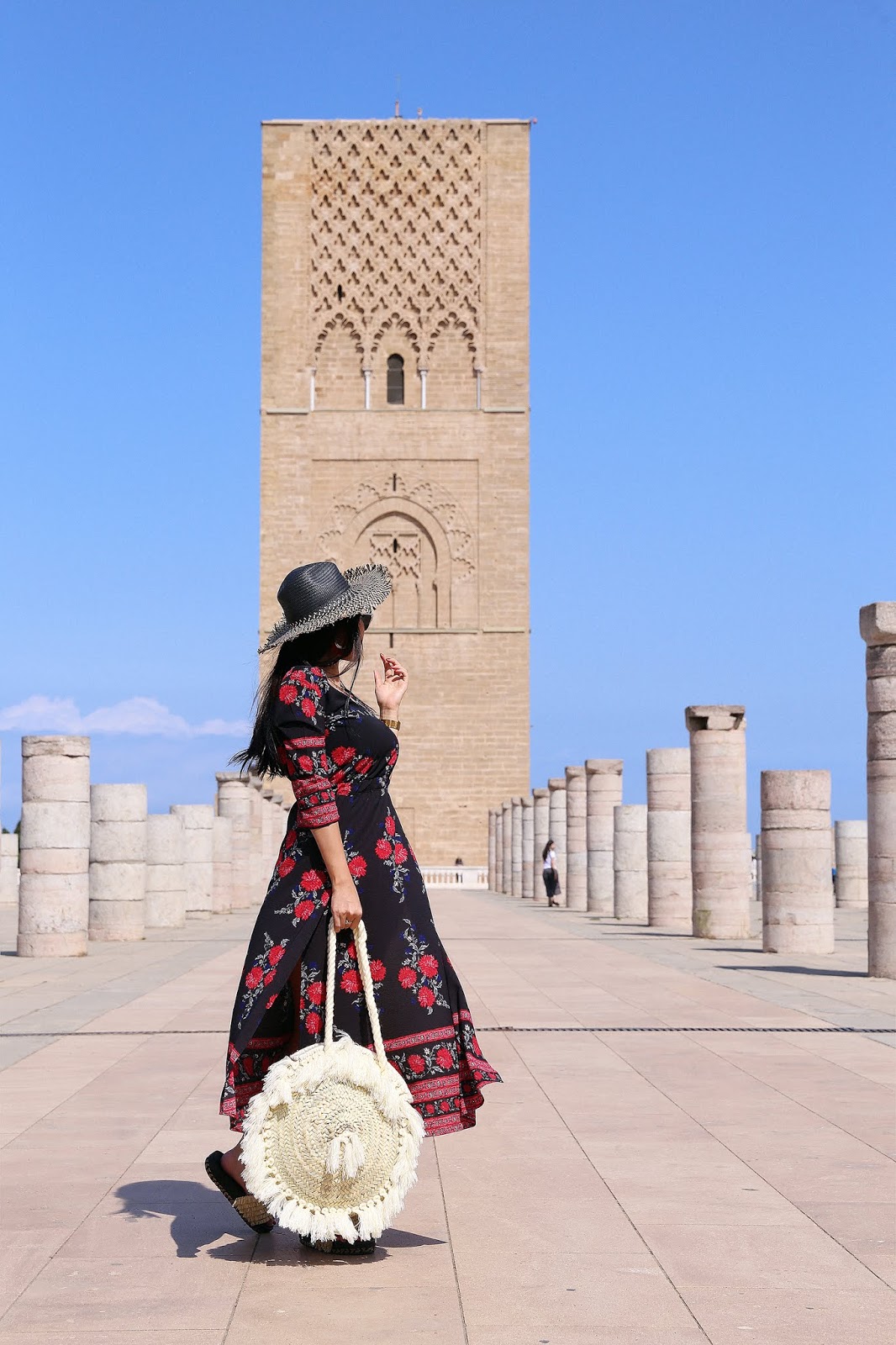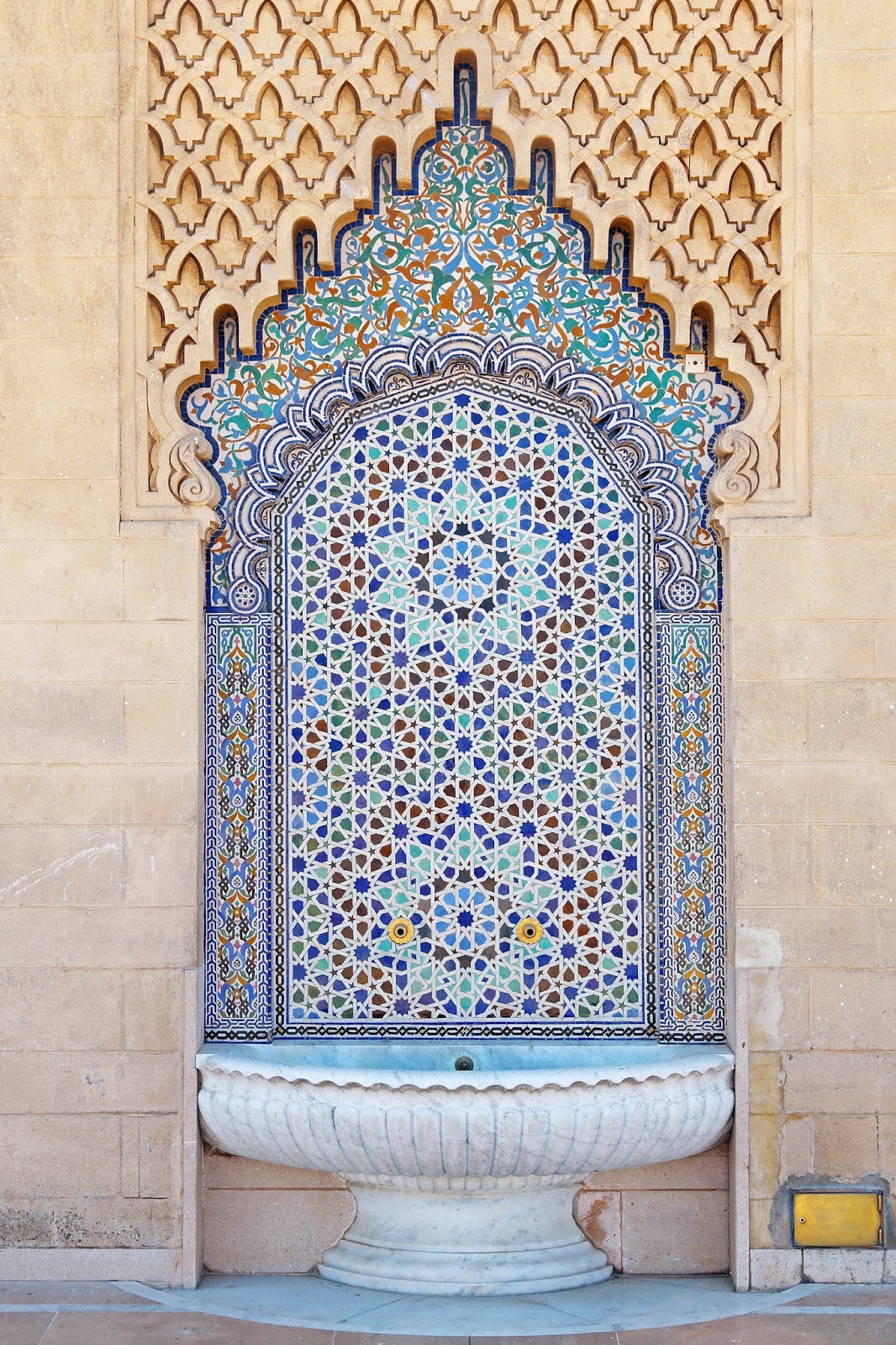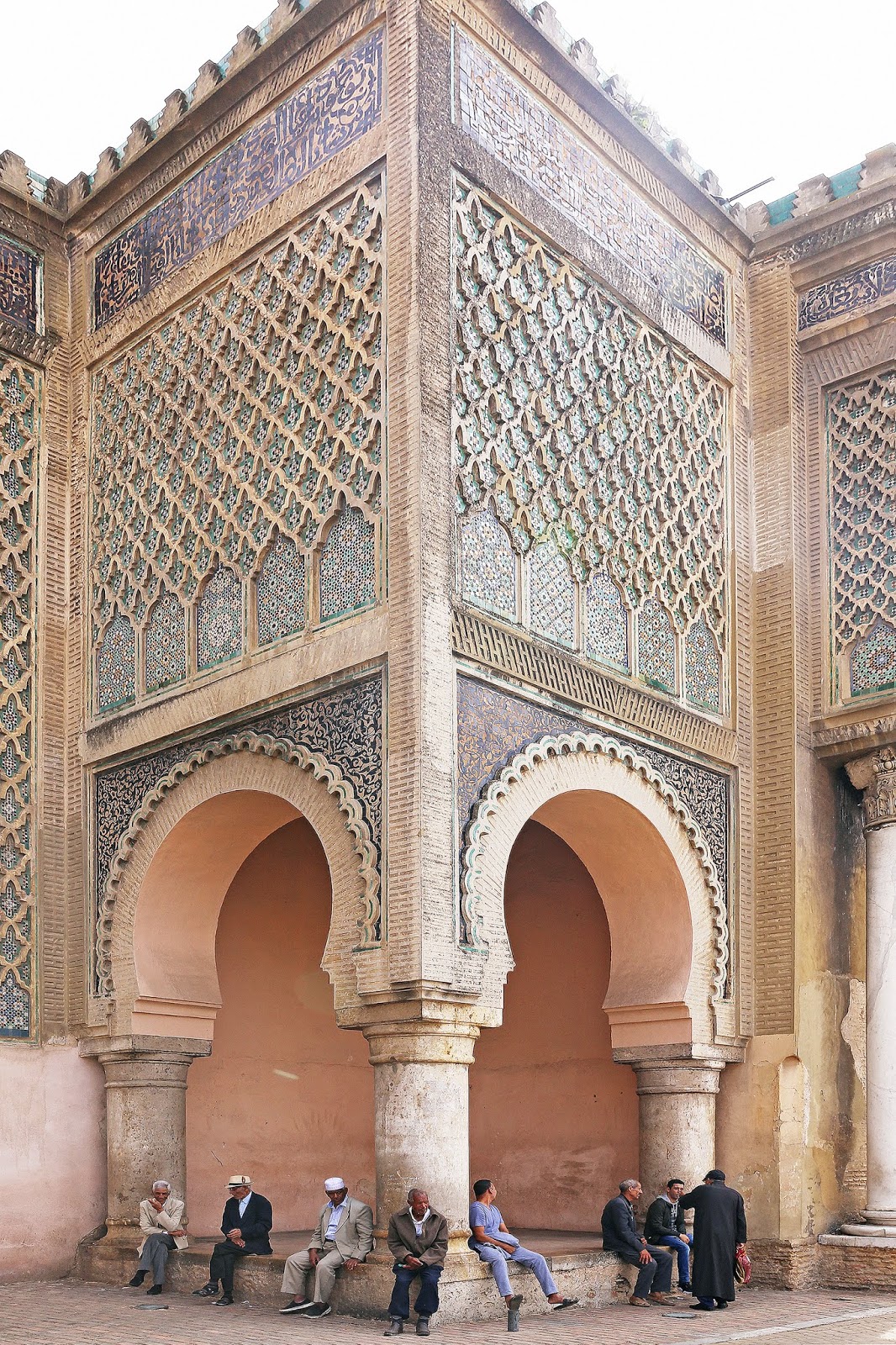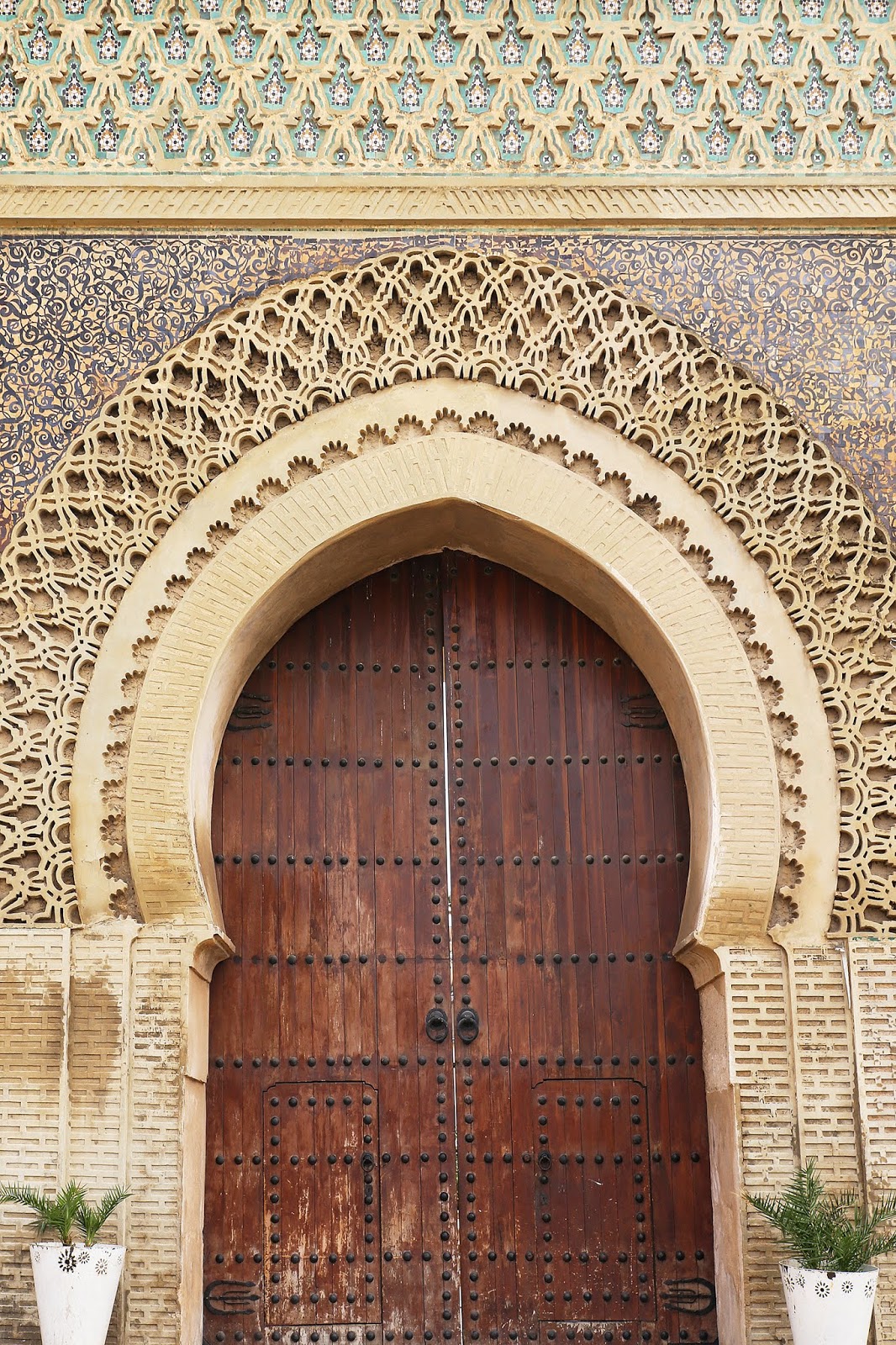THE MOROCCO DIARIES, PART 2 of 10: RABAT & MEKNES
How many Imperial Cities does a country need? Many nations have a historical capital (usually the seat of the royal family, whether reigning or deposed), and modern capital (Kyoto and Tokyo, St Petersburg and Moscow; to name two). But for Morocco, one former capital won’t do: instead, the country has had three previous capitals in addition to the current one, Rabat. By the end of my trip I would have visited all 4 of Morocco’s Imperial Cities - Rabat, Meknes, Fez, and Marrakech. In this story, Part 2 of my 10-Part Moroccan Diaries, I glide through 2 of Morocco’s Four Imperial Cities: Meknes and the capital (for now - you never know if Morocco will change her mind again), Rabat.
RABAT
Rabat is the (current) capital of Morocco. I had always thought the country’s capital would be Marrakesh or Casablanca, as the former is more iconic and the latter the most prosperous (just like how Barcelona and Melbourne seem more likely choices than Madrid or Canberra). I would later learn that Marrakech had been made capital twice, in 1070 by the Almoravids and by the Almohad Caliphate in 1147. The Marinids, who captured Marrakesh in 1269, relocated the capital to Fez, leaving Marrakesh as a regional capital of the south, a position it maintains to this present day. Much like Sydney and Melbourne, Marrakesh and Fez have been locked in sibling rivalry as the country’s leading city; and like Canberra, Rabat was chosen as the capital of modern Morocco by way of compromise, which means that Morocco’s political and administrative capital has less to offer by way of top-drawer tourist attractions.
But there are advantages, too. Free from the crushing tourist hordes and traffic (a breath of fresh air compared to Marrakech and Casablanca), the city is immaculate and neatly turned out. Palm-lined boulevards seem to be guarded by smartly-uniformed soldiers in all manners of livery on every corner. The invigorating scent of sea salt breezes in from the uncrowded beach. Rabat seems squeaky clean, eerily quiet, and almost uncannily tidy compared to the colourful cacophony that Morocco is famous for. All in all, the current capital is worthy of a brief rendezvous, a palate cleanser of sorts.
HASSAN TOWER




MAUSOLEUM OF KING MOHAMMED V
MEKNES
If Rabat seemed like an undiscovered superstar, Meknes is even more so. My first impression did not blow me away. A small, quiet city whose only inhabitants seemed to be bitter orange trees, and whose only visitors were people from the countryside doing their shopping in town before heading back to their rural homes. Then there’s the dust - a pervasive, invasive veneer of chalkiness that the city seems to wear with a badge of pride, or at least resignation. Had I not known that Meknes was one of the Imperial Cities, I would have kep on driving on to the far more popular city of Fes. Yet, Meknes was the capital of Morocco in the 17th century during the reign of Sultan Moulay Ismael. The clues are in the urban planning: remnants of no less than three sets of fortifications are ingeniously incorporated into the city's road networks, a throwback to when city’s was the heart of the country. At the centre is the 17th-century imperial headquarters: a fortified city within a city; of palaces, mosques, gardens, dungeons, royal stables, and of course, the incomparable royal granary.
BAB EL-MANSOUR
It‘s the royal granary that keeps Meknes clinging on to relevance. In its heyday, the granary held enough food for the populace for a year as well as stabling for 12,000 horses. The entrance alone is worth the visit. Bab el-Mansour, often named as one of the world’s most impressive doors, is the grandest of all imperial Moroccan gateways. Conceived as an elaborate homage to Sultan Moulay Ismael, Bab el-Mansour was created with materials pilfered from other Moroccan monuments and palaces, such as marble columns from the nearby Roman ruins of Volubilis and Corinthian columns from El Badi Palace in Marrakech. The facade is intensely adorned by green and white zeillij tiles and engraved Koranic panels, creating the illusion of an embroidered cloth. While the gate is faded by the omnipresent dust that dulls even the vibrant colours of Bab el-Mansour, not even the patina of time can take away from its impressive size. At 16 metres tall and 8 metres wide, Bab el-Mansour seizes attention and demands the reverance this former sultanate once commanded.
Having seen the best of what these less-traversed Imperial Cities had to offer, it was now time to move on to one of Morocco’s most well-known former capitals - Fez. With not a moment to spare, as night was beginning to fall and I knew I would need a full night’s sleep to prepare myself for the day ahead. Coming up, the dizzying and enthralling medina, souks, and shops of Fez...












